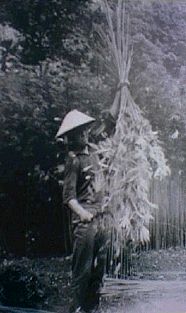hemp was used as a name for every type by europeans drug or rope very hard to know wtf they were referring to today we make very clear distinctions between hemp and cannabis if we look at india and the range of indica type plants with there flavours and effects and the ganja plants wit flavours effects mixing those genetics to varyng degrees could just about account for all strains out there african s american se asian imo
Hemp is totally different from drug strains. The genetics the Europeans had since the 1500's and spread clearly were not drug strains, and Chinese hemp is also a CBD type. Apparently THC plants produce shitty fiber for some reason and that's just how it is.
More on topic, after many years in the fridge I tried germinating some Sam's Haze/Skunk freebies but the seeds that germinated died almost immediately except for a male that did well. No seed I've grown has topped Sensi's NL5/Haze as my favorite.




